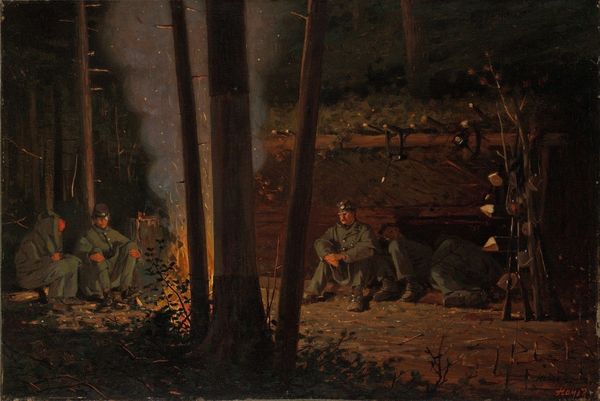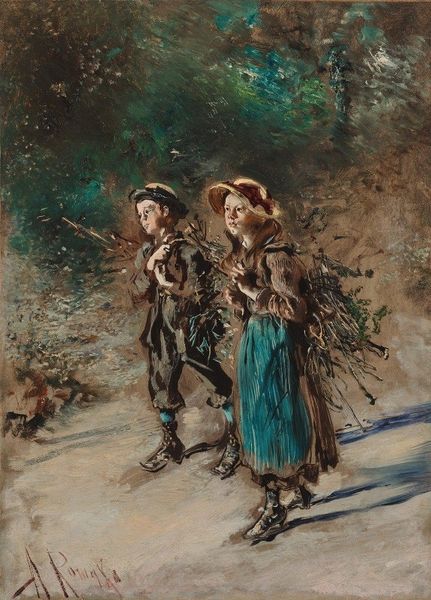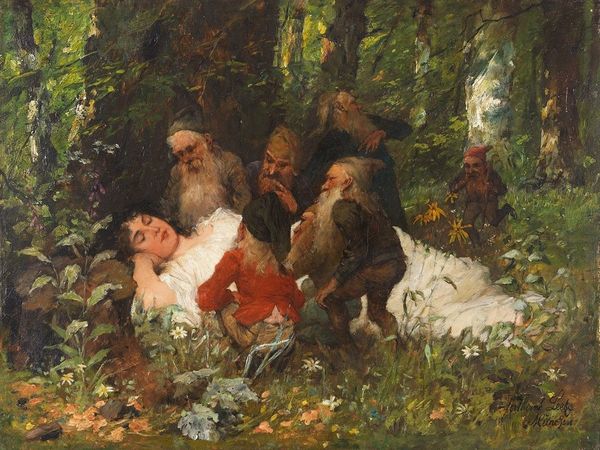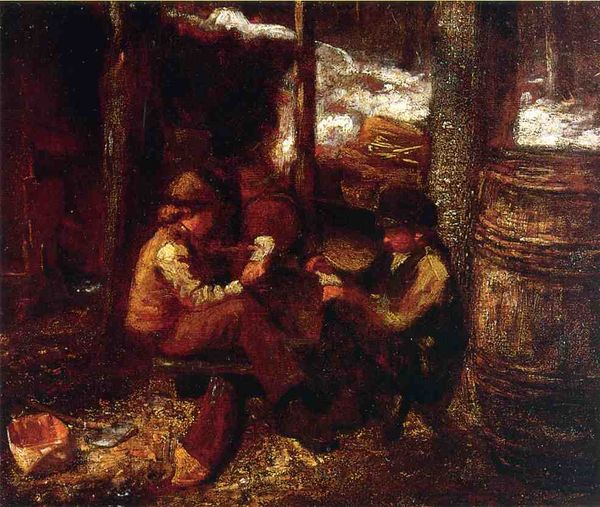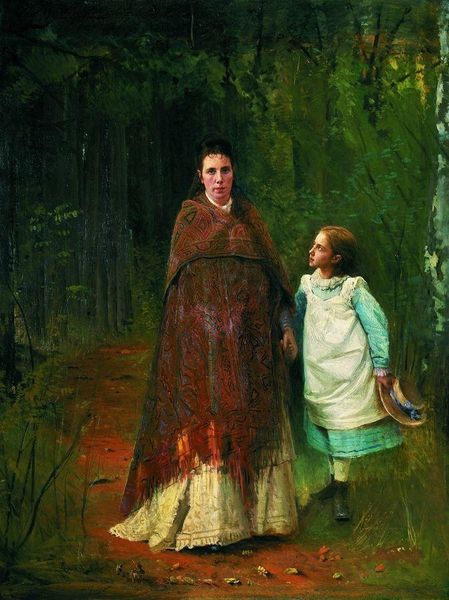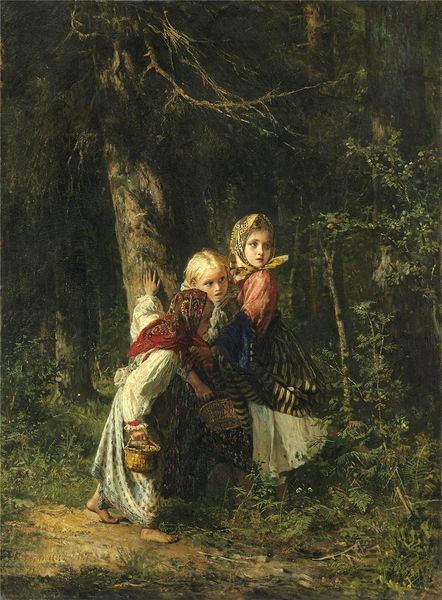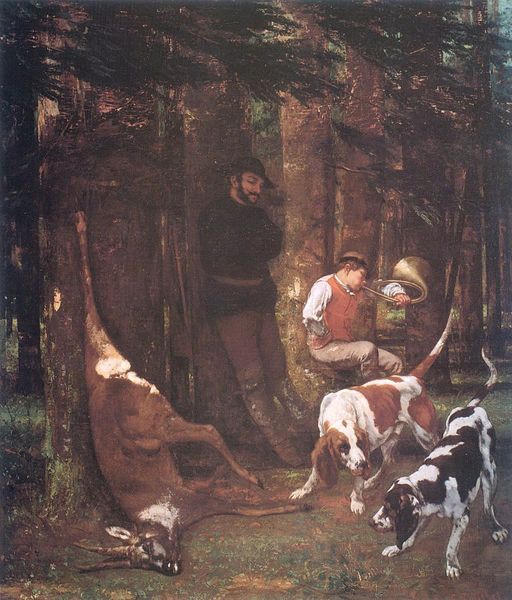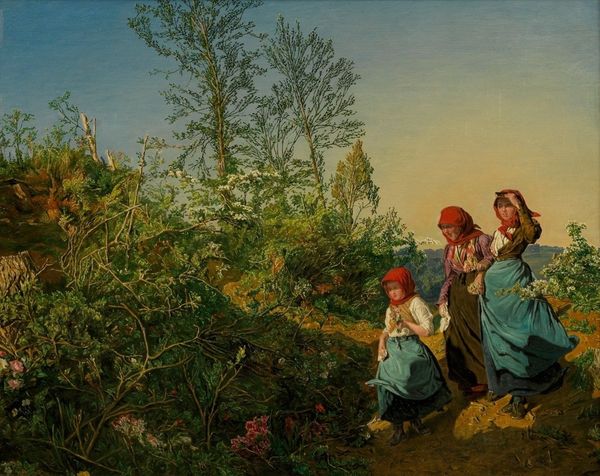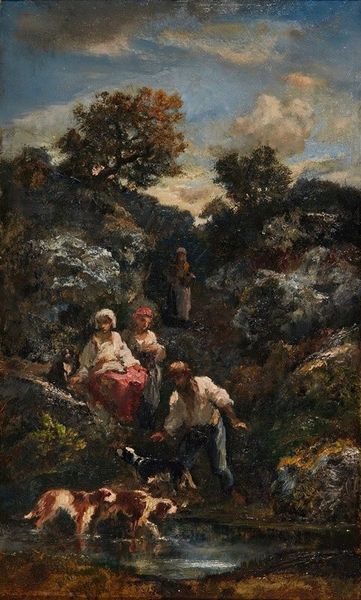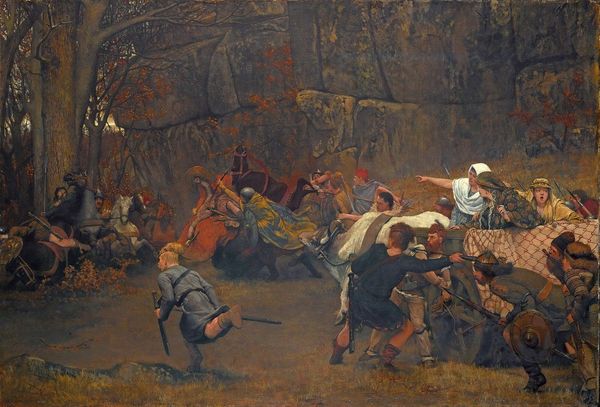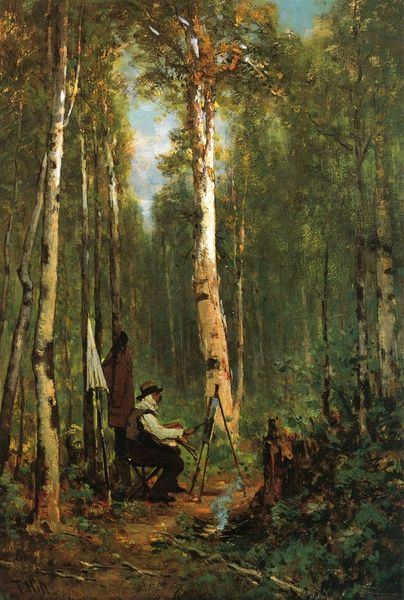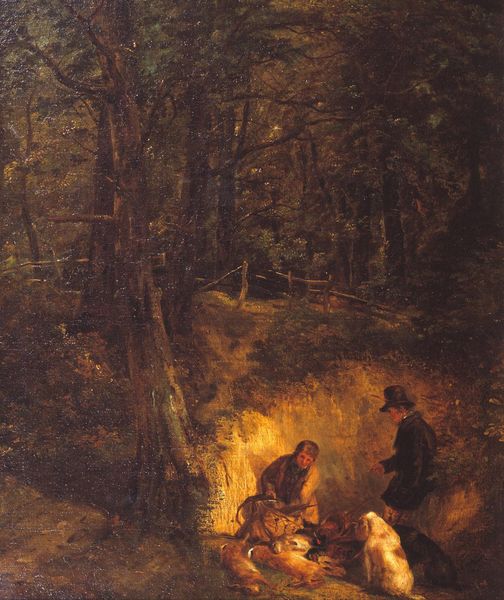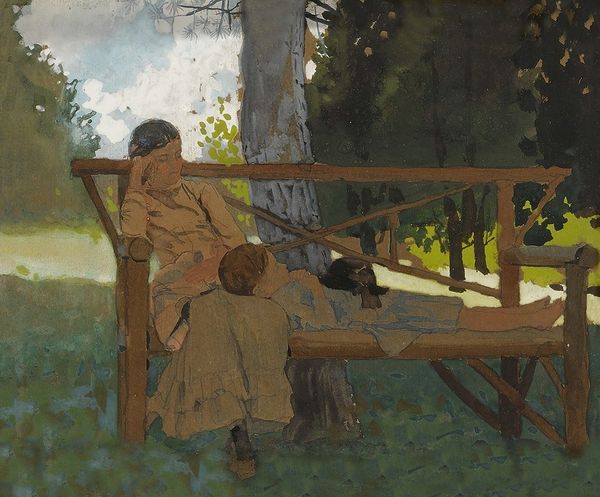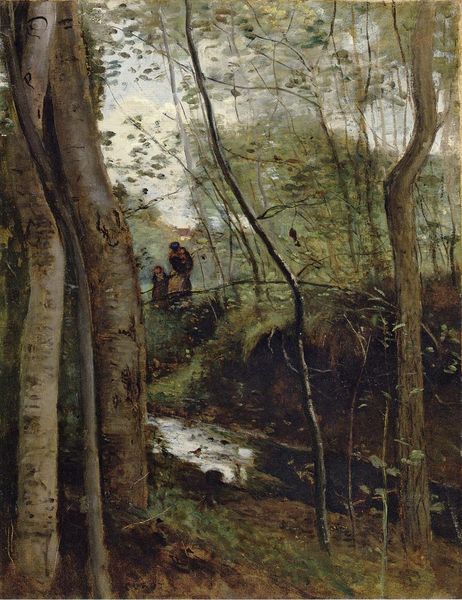
plein-air, oil-paint
#
impressionism
#
plein-air
#
oil-paint
#
landscape
#
oil painting
#
group-portraits
Dimensions: 248 x 217 cm
Copyright: Public domain
Editor: Here we have Monet's "Le Déjeuner sur l'herbe" from 1866, rendered in oil paint with a plein-air approach. The dappled light and the array of textiles give it a fascinating texture. How would you interpret the scene, especially considering the emphasis on materials? Curator: Well, it's fascinating to consider the production of this scene. Think of the material culture represented here – the clothing, the picnic spread. Where were these goods produced? Who made them? The leisure depicted is directly tied to labor, often invisible, that sustains it. Even the canvas and the oil paints represent specific material processes. Editor: So, you're saying the painting isn't just about a pleasant picnic, but also about the socioeconomic system that allows such leisure to exist? Curator: Exactly. Consider the contrasts: the finely woven fabrics of the dresses versus the roughly textured bark of the trees. Monet highlights these differences. Think about who would have access to these materials in 1866. Class is subtly inscribed within the materiality itself. It speaks of the new money and the industrialised world that made all this available, to some. Editor: That’s a really interesting way to look at it. It reframes my understanding, from simply viewing a pleasant day to considering its underlying production. The abundance in that basket – what stories could the provenance of that fruit tell? Curator: Precisely! And what about the labor that harvested it, transported it, and brought it to this scene? This painting offers a glimpse into a specific social context through the lens of material things. We see how class and privilege manifest in the tangible objects of everyday life. Editor: I never considered landscape as also being a display of commodities before. This has opened my eyes to a completely new angle on interpreting art. Curator: And it reminds us that art doesn't exist in a vacuum, but rather emerges from and comments on a specific material world.
Comments
No comments
Be the first to comment and join the conversation on the ultimate creative platform.
